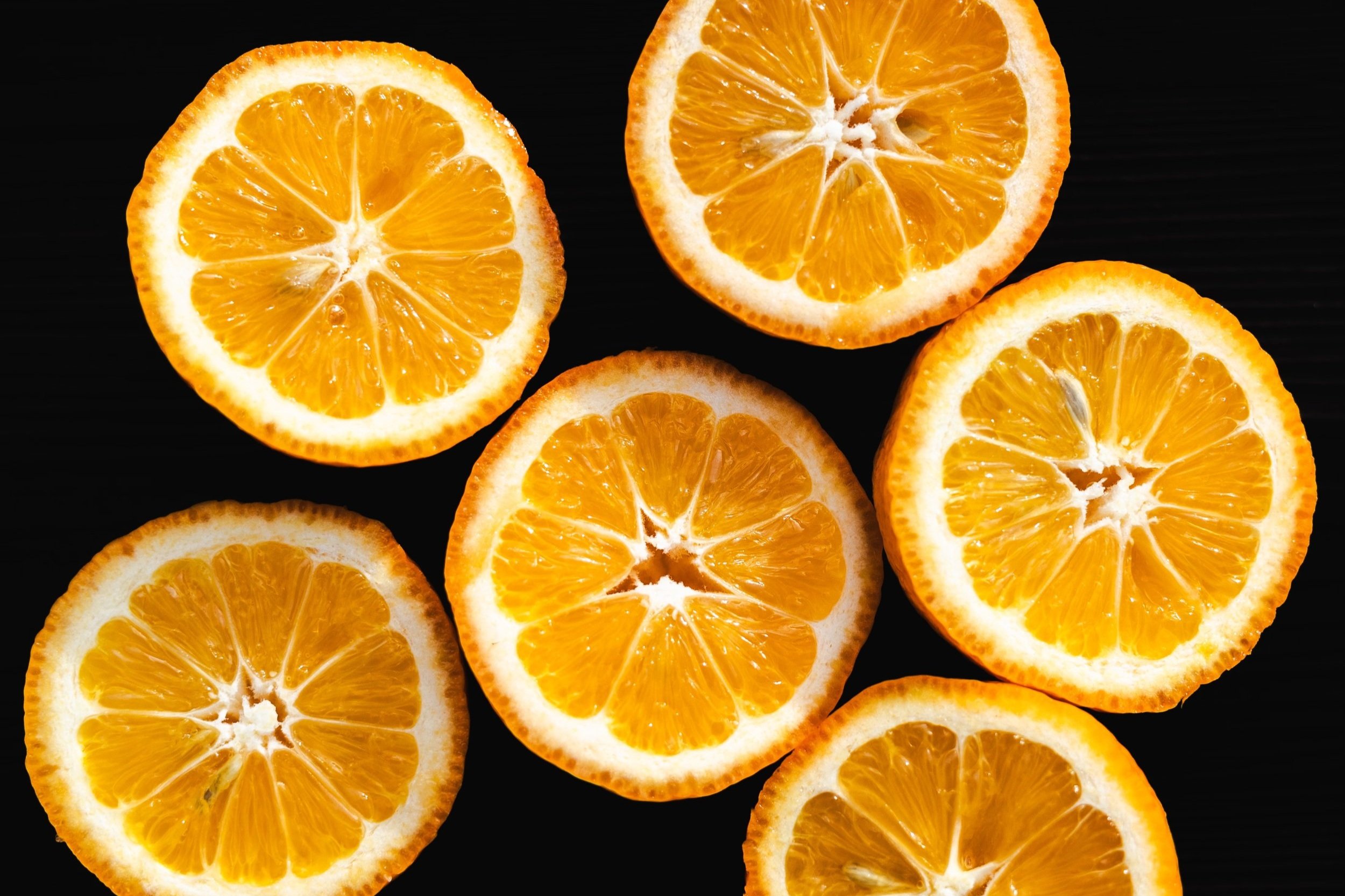Sour Oranges (AKA) Seville Orange Marmalade
Photo by Kelsey Joy Photography
This recipe comes to us from local chef and lover of FEED Cooperative, Gillian Tyrnauer. ‘Cuz when the FEED Bin gives you sour oranges, this is what you make.
INGREDIENTS:
3 Seville oranges
1 navel orange
10 cups (2.5L) water
pinch of salt
4 cups (1.6 kg) sugar
1 tablespoon Irish whiskey, (optional)
DIRECTIONS:
Step 1
Wash oranges and wipe them dry. Cut each Seville orange in half, crosswise around the equator. Set a non-reactive mesh strainer over a bowl and squeeze the orange halves to remove the seeds, assisting with your fingers to remove any stubborn ones tucked deep within.
Step 2
Tie the seeds up in cheesecloth or muslin very securely.
Step 3
Cut each rind into 2 pieces and use a sharp chef’s knife to cut the rinds into slices or cubes as thin as possible. Each piece shouldn’t be too large (no more than a centimeter, or 1/3-inch in length.) Cut the navel orange into similar-sized pieces.
Step 4
In a large (10-12 quart/liter) stockpot, add the orange slices, seed pouch, water, and salt, as well as the juice from the Seville oranges from step #1. Bring to a boil, then reduce to a simmer, and cook until the peels are translucent, about 20 to 30 minutes. (At this point, sometimes I’ll remove it from the heat after cooking them and let the mixture stand overnight, to help the seeds release any additional pectin.)
Step 5
Pull out the oranges from the orange water mixture , strain orange water into clean pot , then scrape the inside of the oranges so that you have ¼ orange with peel and some pith ( white jelly like substance attached to peel) take all the orange guts and rewrap with the seeds in cheese cloth bag and place back in orange water.
Step 6
Cut the peels into 1/8 th then cross wise to make small strips of peel , place peels back into orange water with orange guts & seed cheese cloth bag.
Step 7
Stir the sugar into the mixture and bring the mixture to a full boil again, then reduce heat to a gentle boil. Stir occasionally while cooking to make sure it does not burn on the bottom. Midway during cooking, remove the seed pouch and discard.
Step 8
Continue cooking until it has reached the jelling point, about 218ºF degrees (103ºC), if using a candy thermometer. I cook this slightly less than other jams and marmalades because the high amount of pectin helps the marmalade set up more stiffly. To test the marmalade, turn off the heat and put a small amount on a plate that has
Recipe Source: NYT Recipes

